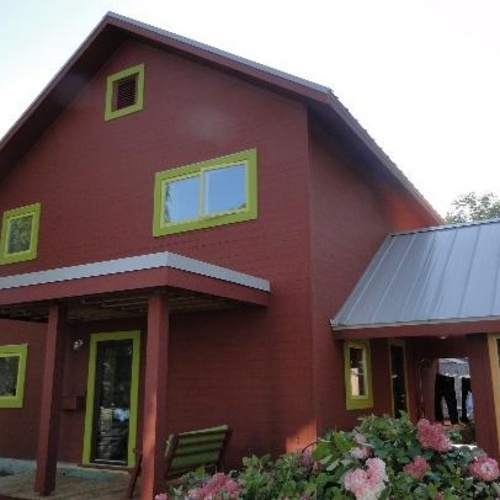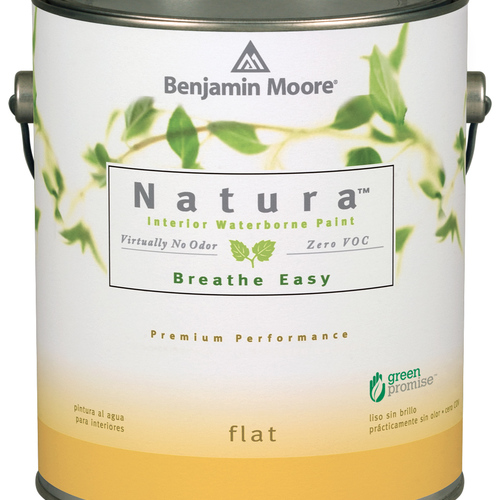Almost every time I am talking with someone about green building, whether a potential or current client, or just a casual conversation, inevitably solar power comes up. This causes me to go into full on curmudgeon mode, pointing out that solar panels are pretty much pointless on homes until you’ve done everything else you can to make it more efficient and healthy. Solar is hot, trendy, hip, something you can touch (and might want to touch, as opposed to insulation), and a marketer’s dream, as are many other building products, all of which are seem to be labeled “green.”
The sales and installation of green building products, like the promotion of many medical procedures and prescription drugs, are very much driven by consumer demand, which is heavily influenced by advertising and marketing. We take medication for all sorts of illnesses like high cholesterol (guilty), diabetes, obesity, high blood pressure, and more, even though many of these symptoms and illnesses can be corrected by proper behavior and diet.
Similarly, building performance could be ratcheted up several notches by simply doing a better job with standard materials, instead of focusing on buying more “green” stuff. Not only that: a few simple improvements in occupant behavior could result in energy savings and improved indoor air quality.
Is it time to ban green product advertising?
Green building is being driven as much by the marketing efforts of manufacturers as by any demand for the finished product. And many consumers and professionals are influenced by marketing, driving them to consider various materials and systems individually, rather than as integrated parts of the whole house.
These products — solar modules, geothermal equipment, spray foam insulation, high-performance windows, bamboo floors — can all be effective parts of a green building, but none of them will add much to the project if not integrated properly. Maybe it’s time to ban advertising for green building products — they did it with cigarettes, didn’t they?
Incomplete information leads to problems
There are too many designers, architects, contractors, and even homeowners who pick up a little information and think they are ready to go green on their own. It seems that everyone who uses spray foam insulation thinks that they are building green — even though they tend to not know enough to have the HVAC sized properly, resulting in humidity problems.
Or maybe they install cellulose insulation without properly flashing windows, allowing water into the walls, allowing mold to form and the wall to rot. And how about those people who install high-efficiency HVAC equipment connected to leaky ducts located in unconditioned spaces?
I still see plans with a water heater at one end of the house supplying bathrooms on the opposite side with no thought given to efficient hot water delivery. These are all the result of an incomplete understanding of building science, a situation that I don’t expect to see improve much in the short term.
Small pockets of hope
There are a few professionals out there who “get it.” They understand how to plan green from the start, manage the process carefully throughout, and end up with high-performance projects with few problems.
Unfortunately, the vast majority of building professionals are struggling just to stay afloat in the current market, and they can’t (or won’t) take the time or spend the money to fully understand green building. Better energy codes are a start towards better buildings, but both adoption and enforcement are moving very slowly.
Until buyers understand and start demanding high-performance homes, we will continue to be at the mercy of those products with the biggest advertising budgets.
Weekly Newsletter
Get building science and energy efficiency advice, plus special offers, in your inbox.
















8 Comments
it's ALL good, actually
Carl - I would qualify your argument to say that from a strictly economic point of view it makes little sense to invest in solar panels when for the same money you could properly design and build (or correct) the building envelope and mechanical systems. The desire to use energy from the sun instead of fossil fuels is not merely an advertising-driven gimmick! If I could afford them (and the price is coming down) I would put solar panels on my roof of my leaky old house this instant. In the mean time, I'm working incrementally (in other words, doing what I can within my budget) to seal it up and make it more liveable with the greenest, most sustainable materials I can afford. While advertizing is often used to make us want things we don't necessarily need, we absolutely need to use the sun to make electricity, use technologies like geothermal to use less energy, and consider renewables like bamboo when we choose flooring.
While we're on the subject of Marketing
Why do people continually promote building practices /materials as "sustainable"??
Very few, if any, things we do when building or remodeling a home are truly sustainable.
Time to remove the word that word from our vocabulary.
I was driving down the interstate the other day and saw a billboard promoting a production homebuilder. Two words- "Stustaibable Homes"
I almost vomited.
Musings About Educating Buyers
"Until buyers understand and start demanding high-performance homes, we will continue to be at the mercy of those products with the biggest advertising budgets."
The homebuying process is exciting, scary, and increasingly complicated. That's why most people still use realtors. But realtors aren't a very technical bunch. My simple metric to gauge someone's grasp of energy usage is to ask them to explain the difference between a KW and a KWH. Even the "certified green" realtors don't really get it. The growth rate of the number of energy savvy realtors is very low.
Therefore there is no hope of increased "buyer understanding" without a simple and universal rating system.
A single number Dollars per Month home rating system is the best way to get the needed information to the buyers so they can start "demanding high performance".
The sum of the parts
This is a very good point - a green building is not defined by the green products that are incorporated but the sum of the green activities that were employed in building or renovating the building. The products that are used are worthwhile when they are properly coordinated with the rest of the building elements. Marketing of green products shouldn't be cut off though - it plays a critical role in educating the general public to demand for that "high-performance home." Cut the marketing and you cut the amount of dialogue that's occurring.
Brett won't like me saying
Brett won't like me saying the same but... There is a level of population that can sustain but there is nothing sustainable about adding another home and more consumers, to an already overly tapped planet.
Still, I enjoy the idea of green, of zero landfilling, net zero building, and yes even love solar panels.
So many good points, so many challenges
Great points in the post - and great discussion in the comments! "The Sum of the Parts" comment in particular struck me: "Cut the marketing and you cut the amount of dialogue ..." which is so true. Solar panels are certainly not the only answer, and probably shouldn't be the first one - but getting consumers interested in making improvements is an essential first step. Kevin made a similarly important point: ensuring consumers have a reputable source for education and unbiased information is also key.
One last thought: you made a great point in your post a few weeks ago about "bling" advocating that incentive programs and tiered energy rates could play a role in promoting and prioritizing the type of sensible, whole-house improvements that really make a difference.
Thanks for all the great comments
Very much appreciate the dialogue this post generated. As usual, I wasn't actually serious about outlawing advertising of "green" products, just trying to make a point that, not unlike political campaigns, those with the biggest budgets often win over those with better ideas or products. I guess that's the cost of living in a capitalist society. Regarding Sabina's comment on solar panels, I have no real objection to solar power, but when I see people install PV on an oversized, not particularly well constructed home that is filled with electronics and appliances and lights that are on many hours when the house is unoccupied, it makes my blood boil. Just build it right and turns stuff off, then you can have all the PV you want.
With a little conciousness, solar might inspire you to conserve
For a certain type of person, generating your own electricity might make you much more aware of your use.
Once you see your solar production approaching your monthly consumption, you start to find ways to do better, and eke out that positive month now and then. At least, that's what I do. ;)
Of course if it's just a feel-good status symbol and you still don't read your power bills, it probably won't help. :)
Log in or create an account to post a comment.
Sign up Log in